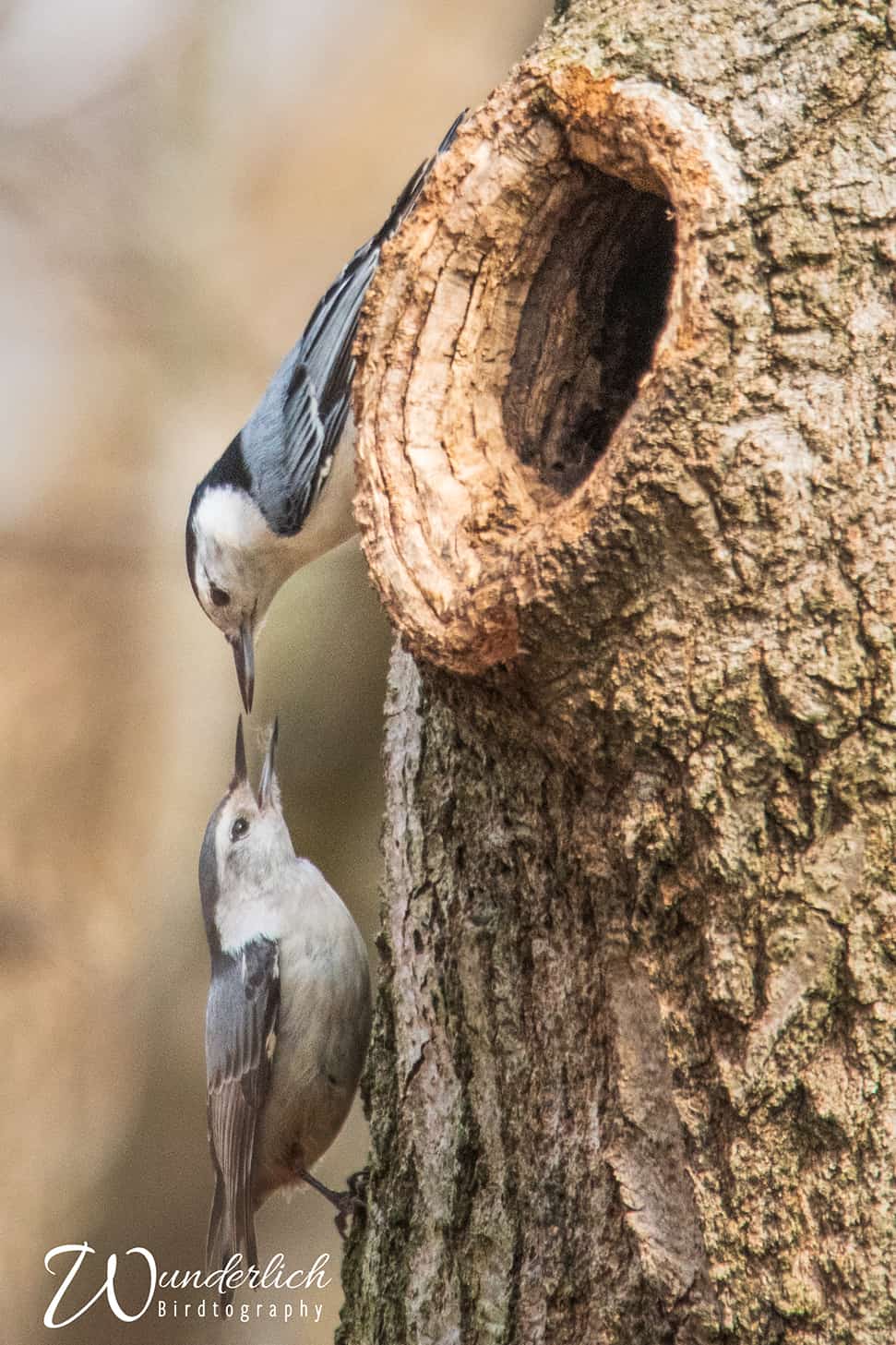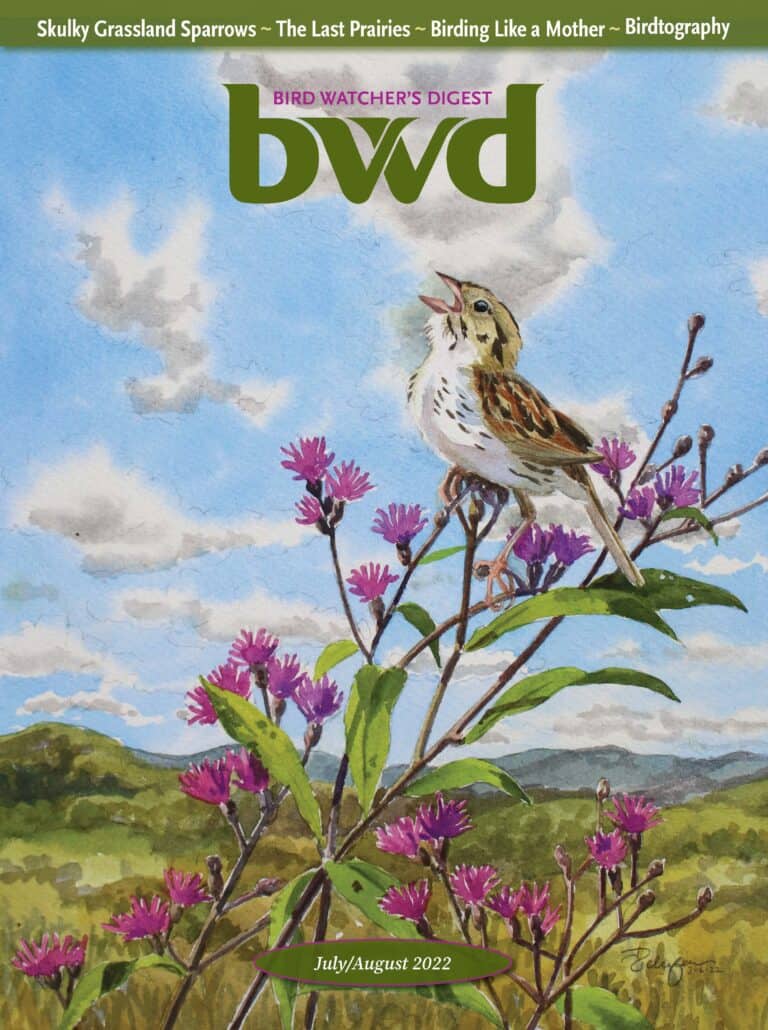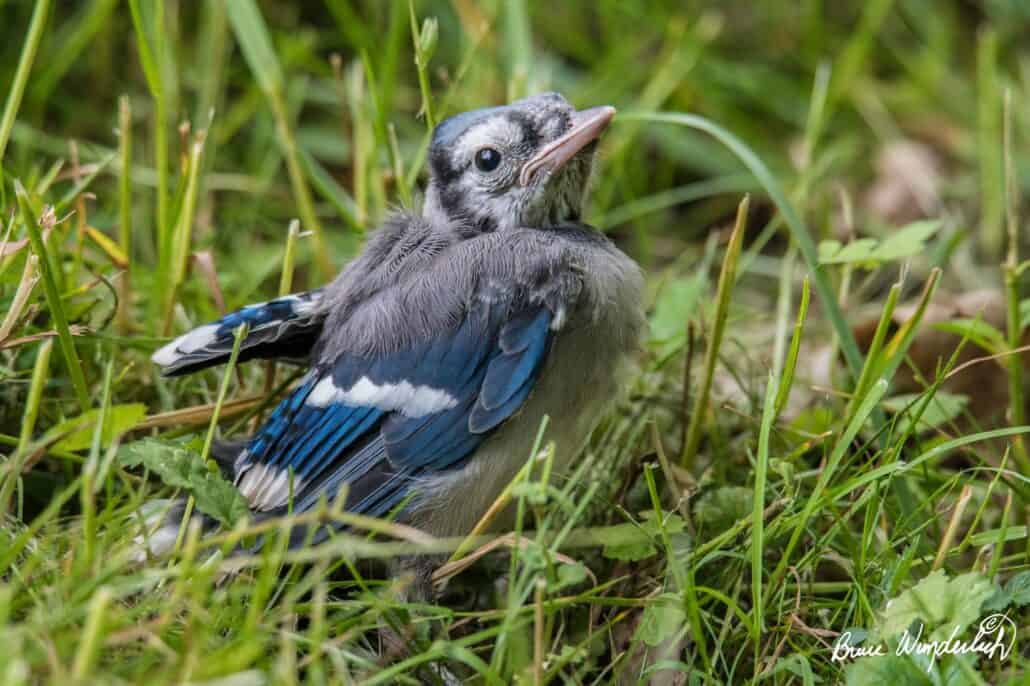
I enjoy watching and photographing bird behavior. Recently I had the opportunity to photograph a white-breasted nuthatch pair as they prepared to nest in my backyard. Nuthatches make their nests in natural cavities, such as a broken limb or tree trunk or perhaps an old woodpecker hole. My nuthatch pair found a cavity in tree #13 in my backyard. (See the map of my backyard trees.)
This hole previously had been home to some pesky squirrels. From the corner of my deck, I was able to look through a couple of branches on tree #10 and watch as both male and female nuthatches checked out the cavity I hoped would become their nursery.

The female nuthatch usually constructs the nest, but on several occasions, I observed both the male and female bring nesting material to the cavity. I found it amusing to see that bird behavior sometimes can be like human behavior: I watched the male carry a small twig into the cavity only to have the female follow him right behind, and immediately throw the same stick out of the hole! I watched as they tore strips of bark fiber off a nearby tree and take it into the nest.
As part of their courtship behavior, I witnessed the male feeding the female a seed from my feeder, which he boldly grabbed while I was standing with my camera only a few feet away.
As I continued to watch and photograph their energetic activity, I noticed the male bring a more significant chunk of something. Zooming in, it appeared to be rust-colored fur from an animal. He carried this material to a fork of a tree, where he pounded it with his powerful little bill. I assumed this would probably become “tenderized” nesting material, but no. What he did next was perplexing; I had never seen or even heard of this behavior before: With the fur in his bill, he began sweeping around the cavity opening with a rapid back and forth motion, as though he was sweeping the floor! Later, I watched him use an insect in the same motion to sweep the entire circumference of the hole.
My curiosity led me to the internet to research this behavior. It is not well documented, but I did find a few similar reports. It has been theorized that this behavior is intended to protect the nest from predators! Squirrels leave a scent trail on the branches of trees that they use to travel around and find their nest. This fur-sweeping motion was the nuthatch’s attempt to cover up this scent to prevent the squirrels from returning to this nesting cavity and reclaiming it.
After a couple of days away from home on a birding trip, I was anxious to see how the nuthatches were progressing; I was hopeful that they had eggs in the nest since they were working on the nest so furiously before I left. Sadly, this story does not have a happy ending. I watched the hole for a while expecting the nuthatches, but I saw no sign of them. Later that evening, I glimpsed movement in the cavity. At first I was excited—until out of the hole emerged a squirrel. The nuthatch’s clean sweep had failed to deter the squirrel from returning and reclaiming the cavity. I still see the nuthatch pair in my backyard fairly regularly. I hope they have found a new cavity to raise their family.

Looking to Subscribe?
Get 6 print issues of the magazine delivered to your door & free digital access
One Year Print Subscription: $26
(to US or Canada, includes digital access)
One Year Digital-only Subscription: $15




